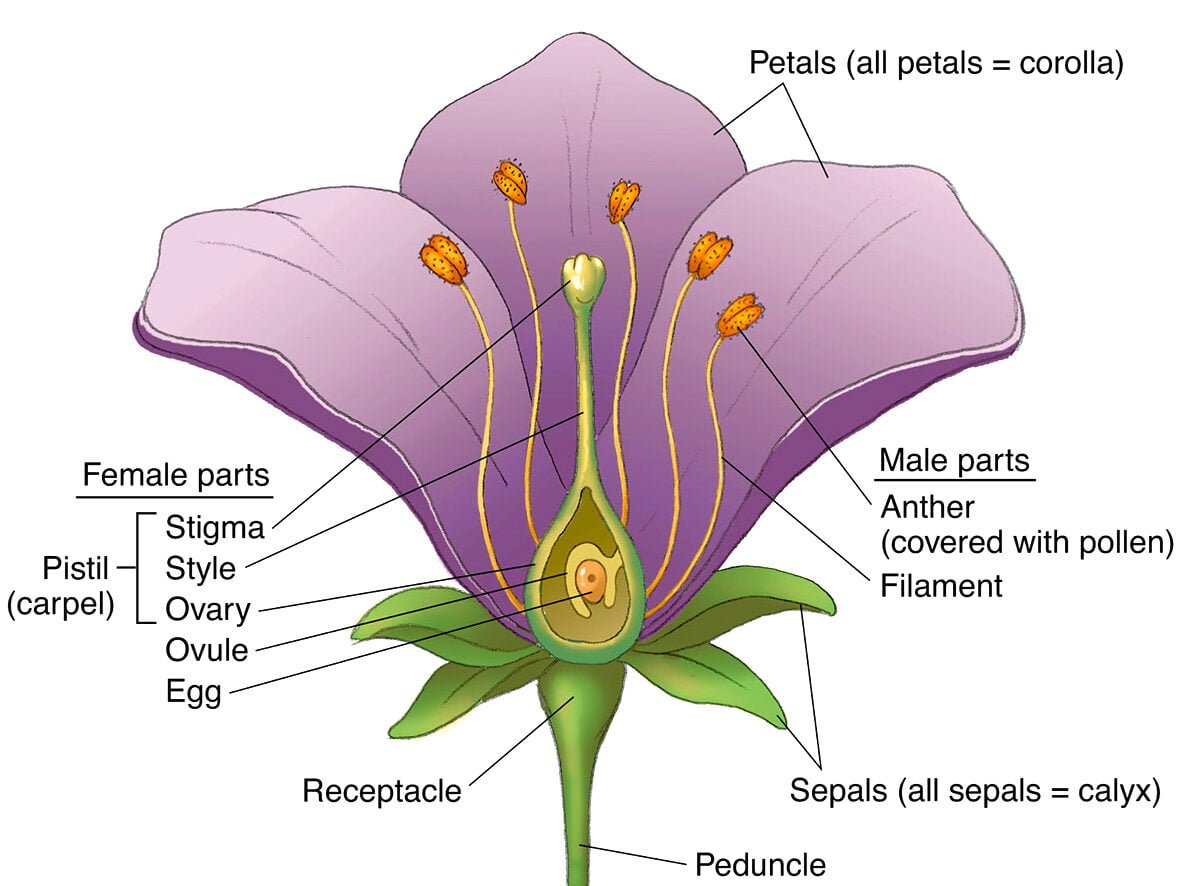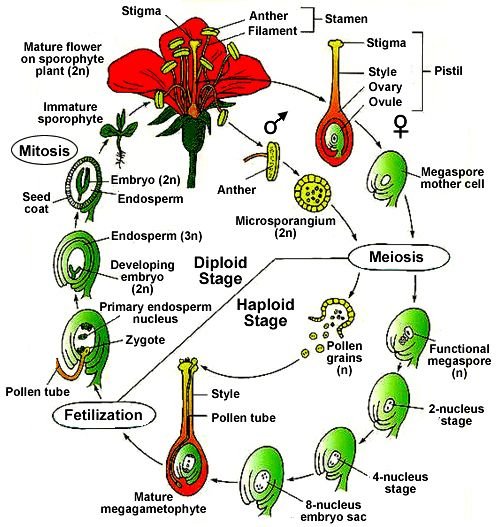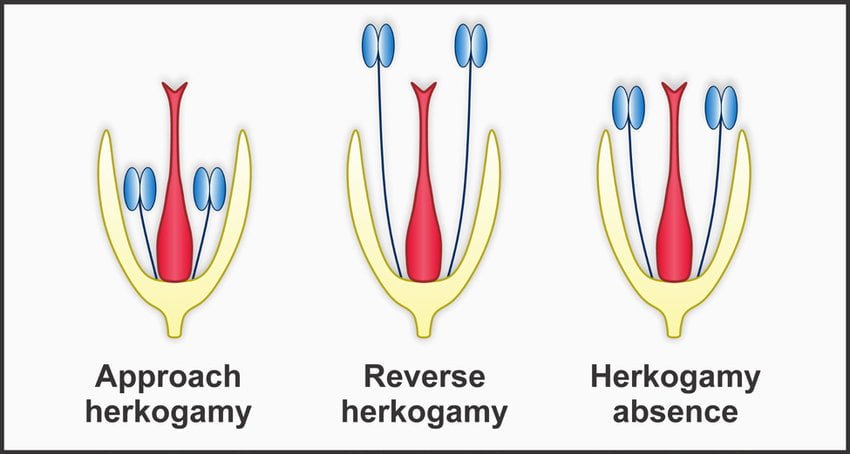Conductors, Insulators, and Dielectrics
Comprehensive Guide for IIT JEE, NDA and Other Competitive Exams
Table of Contents
1. Introduction 2. Conductors 2.1 Properties of Conductors 2.2 Free Charges vs. Bound Charges 2.3 Electrostatic Shielding 3. Insulators 3.1 Properties of Insulators 4. Dielectrics 4.1 Electric Polarization 4.2 Dielectric Constant 4.3 Effect on Capacitance and Electric Field 5. Comparison of Conductors, Insulators, and Dielectrics 6. Solved Examples 7. Practice Problems1. Introduction
In electrostatics, materials are classified based on their ability to conduct electric charges. This classification is fundamental to understanding how different materials behave in electric fields and is crucial for competitive exams like IIT JEE and NDA.
The three main categories of materials are:
- Conductors: Materials that allow electric charges to flow freely through them
- Insulators: Materials that strongly restrict the flow of electric charges
- Dielectrics: Special insulators that can be polarized by an electric field
Understanding these materials and their behaviors forms the foundation of many electrostatic applications and is essential for solving complex problems in competitive exams.
2. Conductors
Conductors are materials that allow electric charges to move freely through them. Common examples include metals like copper, aluminum, silver, and gold. In these materials, the outer electrons of atoms (valence electrons) are loosely bound and can move easily throughout the material.
Fig 1: Representation of free electrons in a conductor
2.1 Properties of Conductors
- Electrostatic Equilibrium: In static conditions, there is no electric field inside a conductor.
- Surface Charge Distribution: Any excess charge on a conductor resides entirely on its surface.
- Equipotential Volume: All points inside and on the surface of a conductor are at the same potential.
- Electric Field at Surface: The electric field just outside a charged conductor is perpendicular to the surface and has magnitude σ/ε₀, where σ is the surface charge density.
- Charge Concentration: Charges tend to concentrate at regions of high curvature (like sharp points).
Note: The property that electric field inside a conductor is zero applies only in electrostatics (static charges). If charges are moving (creating current), there will be an electric field inside the conductor according to Ohm’s law (E = J/σ).
2.2 Free Charges vs. Bound Charges
In conductors, we distinguish between two types of charges:
- Free Charges: These are the charges (usually electrons) that can move freely throughout the conductor. They are responsible for electrical conduction and can redistribute themselves in response to external electric fields.
- Bound Charges: These are charges that are fixed in position within the material. In conductors, the positively charged nuclei act as bound charges.
When an external electric field is applied to a conductor, the free charges redistribute until they create an electric field that exactly cancels the external field inside the conductor, resulting in zero net field inside.
Fig 2: Redistribution of charges in a conductor in an external electric field
2.3 Electrostatic Shielding
An important application of conductors is electrostatic shielding. A hollow conductor can shield its interior from external electric fields.
When a hollow conductor is placed in an external electric field:
- Free charges in the conductor redistribute on the surface
- This redistribution creates an electric field that exactly cancels the external field inside the conductor
- As a result, the electric field inside the hollow cavity is zero, regardless of external fields
Real-World Application: Faraday Cage
A Faraday cage is a practical application of electrostatic shielding. It is an enclosure made of conductive material that blocks external electric fields. Faraday cages are used in:
- Protecting sensitive electronic equipment from electromagnetic interference
- Microwave ovens (preventing microwaves from escaping)
- MRI machines in hospitals
- Cars during lightning strikes (protecting passengers)
3. Insulators
Insulators (also called dielectrics) are materials that do not allow electric charges to flow freely through them. Common examples include rubber, glass, plastic, porcelain, and dry air.
3.1 Properties of Insulators
- Restricted Charge Movement: Electrons are tightly bound to their atoms and cannot move freely.
- High Resistivity: Insulators have extremely high electrical resistance.
- Non-zero Internal Electric Field: Unlike conductors, insulators can sustain an electric field inside their volume.
- Polarization: When placed in an external electric field, insulators become polarized (positive and negative charges separate slightly within the material).
- No Complete Shielding: Insulators cannot shield their interior from external electric fields completely.
Fig 3: Representation of bound electrons in an insulator
Key Distinction: The fundamental difference between conductors and insulators lies in the mobility of charges. In conductors, charges (electrons) can move freely throughout the material, while in insulators, charges are tightly bound to their atoms or molecules.
4. Dielectrics
Dielectrics are special insulators that can be polarized by an electric field. When placed in an electric field, they develop an internal electric field that opposes the external field, thereby reducing the net field within the dielectric material.
4.1 Electric Polarization
Polarization is the process by which an electric field causes a separation of charge in a material. There are three main mechanisms of polarization:
- Electronic Polarization: The electron cloud of an atom is displaced slightly relative to the nucleus in the presence of an electric field.
- Ionic Polarization: In materials made of positive and negative ions, the ions are displaced in opposite directions in an electric field.
- Orientation Polarization: In materials with permanent dipoles (like water), these dipoles tend to align with the external field.
Fig 4: Polarization of atoms in a dielectric material under an electric field
The polarization (P) is defined as the electric dipole moment per unit volume and is related to the electric field (E) by:
P = ε₀χₑE
where χₑ is the electric susceptibility of the material, and ε₀ is the permittivity of free space.
4.2 Dielectric Constant
The dielectric constant (κ) or relative permittivity (εᵣ) is a measure of how effectively a material can polarize in response to an electric field. It is defined as:
κ = εᵣ = ε/ε₀
where ε is the permittivity of the material and ε₀ is the permittivity of free space. The dielectric constant is related to the electric susceptibility by:
κ = 1 + χₑ
Typical values of dielectric constants:
- Vacuum: 1.0
- Air: ~1.0006
- Paper: 2-4
- Glass: 4-10
- Water: ~80
- Ceramic materials: 20-15,000
Exam Tip: The dielectric constant is always greater than 1 for any material. A higher dielectric constant indicates a material’s greater ability to store electric potential energy for a given applied voltage.
4.3 Effect on Capacitance and Electric Field
When a dielectric is inserted between the plates of a capacitor, it has two major effects:
- Increased Capacitance: The capacitance increases by a factor equal to the dielectric constant:
C = κC₀
where C₀ is the capacitance without the dielectric and C is the capacitance with the dielectric.
- Reduced Electric Field: The electric field inside the dielectric is reduced:
E = E₀/κ
where E₀ is the electric field without the dielectric and E is the field with the dielectric.
Fig 5: Effect of dielectric on capacitance and electric field in a parallel plate capacitor
Parallel Plate Capacitor with Dielectric
For a parallel plate capacitor with area A, plate separation d, and a dielectric with constant κ:
- Without dielectric: C₀ = ε₀A/d
- With dielectric: C = κε₀A/d = κC₀
This is why dielectrics are used in practical capacitors – they increase the capacitance while also allowing higher voltages before breakdown.
5. Comparison of Conductors, Insulators, and Dielectrics
| Property | Conductors | Insulators | Dielectrics |
|---|---|---|---|
| Charge Movement | Free movement of charges | Very limited charge movement | Very limited charge movement |
| Resistivity | Low (10⁻⁸ to 10⁻⁶ Ω⋅m) | High (10⁸ to 10¹⁶ Ω⋅m) | High (10⁸ to 10¹⁶ Ω⋅m) |
| Electric Field Inside (Static) | Zero | Non-zero | Reduced (E₀/κ) |
| Charge Distribution | On the surface | Throughout volume | Throughout volume with polarization |
| Response to External Field | Charge redistribution | Minimal response | Polarization |
| Dielectric Constant (κ) | Not applicable | ≥ 1 | > 1 |
| Examples | Copper, aluminum, silver, gold | Rubber, glass, dry wood | Glass, ceramics, water, paper |
6. Solved Examples
Example 1: Electric Field in a Conductor
A solid conducting sphere of radius 10 cm carries a charge of 10 nC distributed uniformly on its surface. Find the electric field at (a) r = 5 cm and (b) r = 15 cm from the center of the sphere.
Solution:
(a) At r = 5 cm, which is inside the conductor:
Since it’s a conductor in electrostatic equilibrium, the electric field inside a conductor is zero.
Therefore, E = 0 at r = 5 cm.
(b) At r = 15 cm, which is outside the conductor:
For a point outside a charged conducting sphere, the field is the same as if all the charge were concentrated at the center:
E = (1/4πε₀) × (Q/r²)
E = (9 × 10⁹ N⋅m²/C²) × (10 × 10⁻⁹ C)/(0.15 m)²
E = (9 × 10⁹) × (10 × 10⁻⁹)/(0.0225)
E = 4000 N/C
Example 2: Capacitance with Dielectric
A parallel plate capacitor has plates of area 200 cm² separated by 1 mm. It is connected to a 12V battery. Calculate:
(a) The capacitance in air
(b) The capacitance when a dielectric with κ = 4 is inserted between the plates
(c) The energy stored in the capacitor before and after the dielectric is inserted (while connected to the battery)
Solution:
(a) Capacitance in air:
C₀ = ε₀A/d
C₀ = (8.85 × 10⁻¹² F/m) × (200 × 10⁻⁴ m²)/(1 × 10⁻³ m)
C₀ = 177 pF
(b) Capacitance with dielectric:
C = κC₀ = 4 × 177 pF = 708 pF
(c) Energy stored:
Energy stored in a capacitor: U = (1/2)CV²
Before dielectric insertion: U₁ = (1/2) × 177 × 10⁻¹² × (12)² = 12.74 nJ
After dielectric insertion: U₂ = (1/2) × 708 × 10⁻¹² × (12)² = 50.98 nJ
Note: When the capacitor remains connected to the battery, the voltage stays constant at 12V, but the charge and energy increase when the dielectric is inserted.
Example 3: Polarization in a Dielectric
A dielectric slab of thickness 5 mm and dielectric constant κ = 3 is placed in a uniform electric field of 2 × 10⁵ N/C perpendicular to its surface. Calculate:
(a) The electric field inside the dielectric
(b) The polarization of the dielectric
(c) The surface charge density of the bound charges on the dielectric surfaces
Solution:
(a) Electric field inside the dielectric:
E = E₀/κ = (2 × 10⁵ N/C)/3 = 6.67 × 10⁴ N/C
(b) Polarization of the dielectric:
P = ε₀χₑE = ε₀(κ-1)E
P = (8.85 × 10⁻¹² F/m) × (3-1) × (6.67 × 10⁴ N/C)
P = 1.18 × 10⁻⁶ C/m²
(c) Surface charge density of bound charges:
σₚ = P = 1.18 × 10⁻⁶ C/m²
Note: The bound charges appear on opposite faces of the dielectric with equal magnitude but opposite signs.
7. Practice Problems
Problem 1
A parallel plate capacitor with plate area 400 cm² and separation 2 mm is filled with three dielectric slabs of equal thickness. The dielectric constants are κ₁ = 2, κ₂ = 4, and κ₃ = 6. Calculate the equivalent capacitance of the system.
Problem 2
A hollow metallic sphere of inner radius a and outer radius b carries a charge Q. Find the electric field at a point located at distance r such that:
(a) r < a
(b) a < r < b
(c) r > b
Problem 3
A parallel plate capacitor with plate separation d is half-filled with a dielectric of constant κ = 5 (the dielectric fills half the volume between the plates). Find the capacitance of this arrangement if the area of each plate is A and the dielectric is inserted:
(a) Parallel to the plates
(b) Perpendicular to the plates, extending fully from one plate to the other



